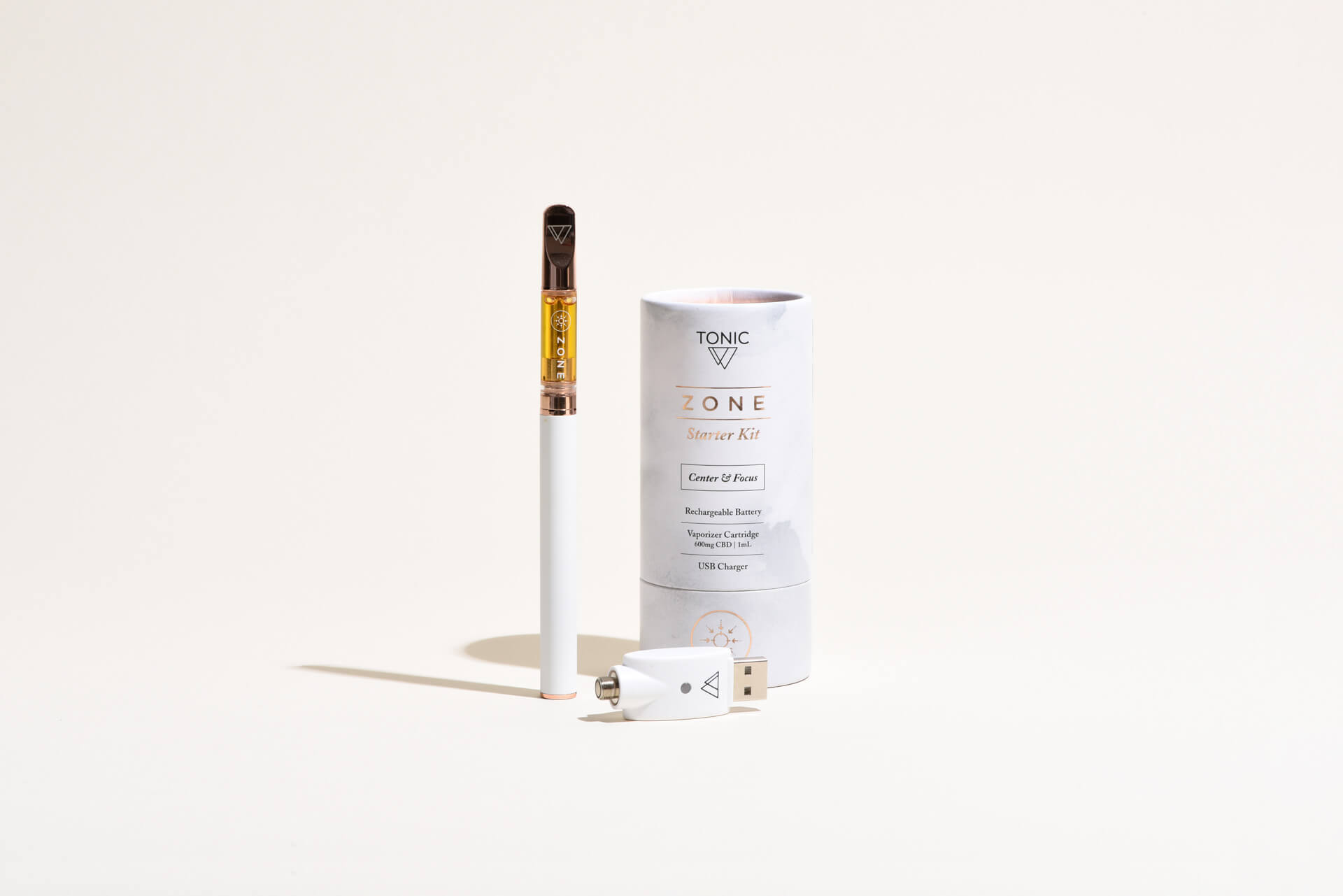Hemp Cultivation: Growing for CBD vs Seed and Fiber
What is Hemp?
Hemp is Cannabis. Cannabis is hemp. It is all one plant! Cannabis Sativa L. is a species of the plant family Cannabaceae. Cannabaceae also includes another fan favorite: hops! That’s right, your weed and your beer are all part of the same family!
Ok, but really, what is hemp as defined by the US government?
In the United States, hemp is defined as Cannabis Sativa L. that produces less than .3% THC on a dry weight basis. THC is the psychoactive compound in cannabis, causing the “high” often associated with the plant’s consumption.
This very low THC limit imposed on hemp ensures that it is non-intoxicating. Hemp crops must be tested by state departments prior to harvest to make sure that the THC levels test below the limit. If they test above the legal THC limit, the crop cannot enter the market and must be destroyed.
When people would think of hemp (vs. “marijuana”) classically, this is what usually would come to mind:
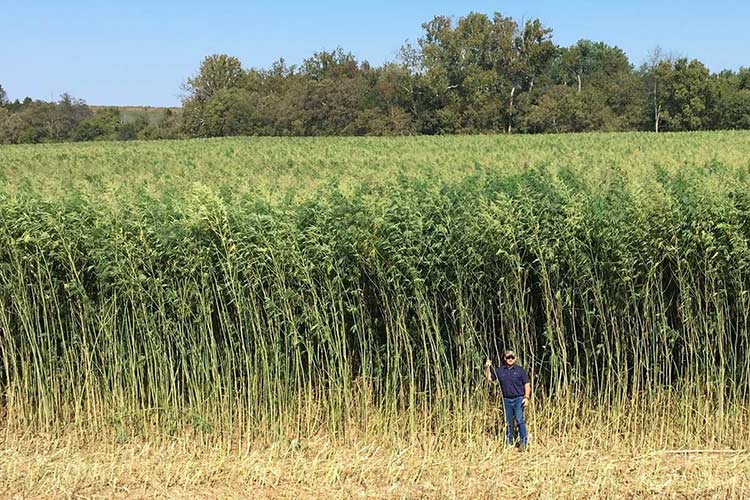
But, thanks to legislation like the 2014 Farm Bill, and innovations from breeders like the Crawford brothers at Oregon CBD and the Stanley brothers with their groundbreaking strain named Charlotte’s Web, hemp now has a completely new look and totally new implications.
This is a high-CBD hemp plant (grown on our farm, Tricolla Farms, during the 2019 season):
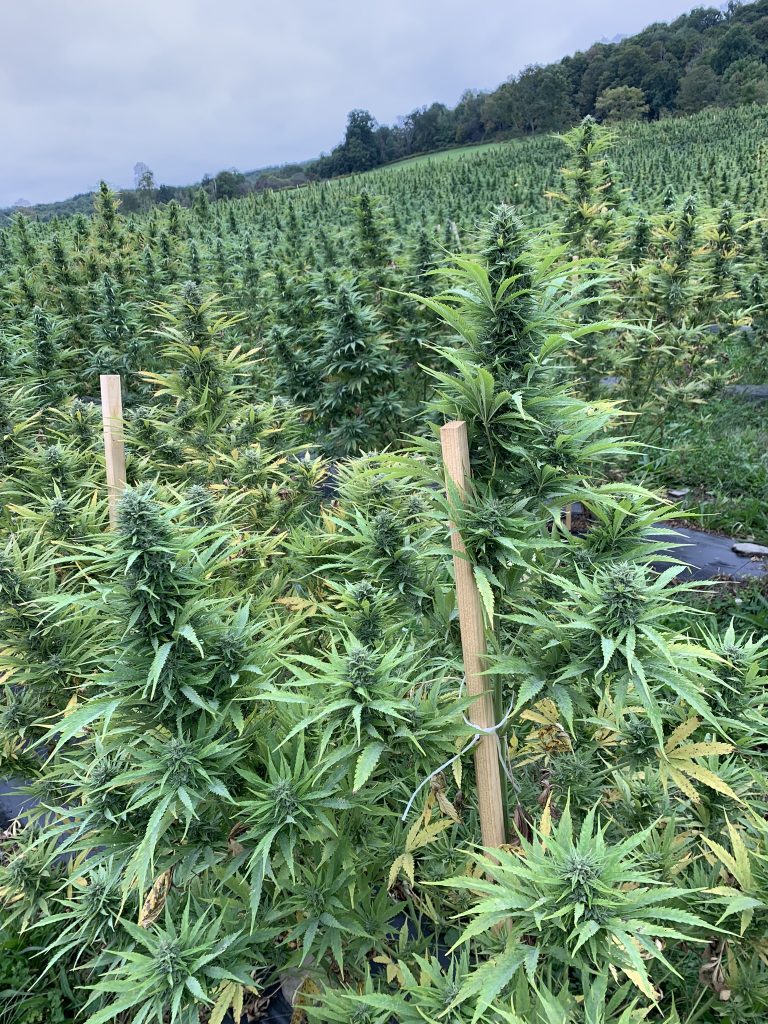
This is a “traditional” cannabis plant (high-THC, used in the recreational and medical markets):
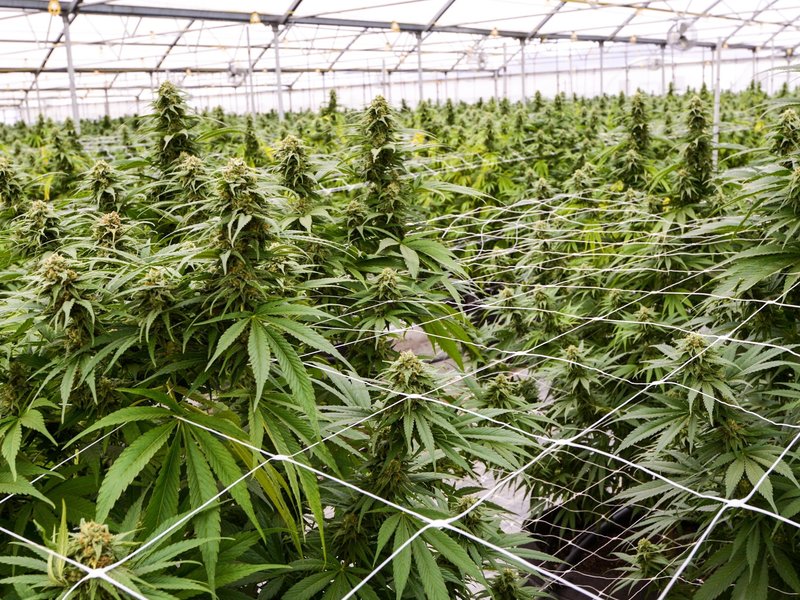
You’ll notice those last two photos aren’t too different. That’s because they’re the same exact plant! Just different genetics.
Cultivating Hemp for CBD Production
CBD is one of the many cannabinoids and therapeutic compounds found in the cannabis plant. The only thing that separates cannabis for medical and recreational use from hemp-cannabis is genetics! Hemp-cannabis genetics are bred to produce a high amount of CBD and very low THC levels – less than .3% THC to be exact.
CBD Genetics and Why They Matter
In order to cultivate hemp for CBD production, the first step is sourcing reliable cultivars (aka seeds; genetics).
This is such an important step because the genetics will determine the amount of CBD, THC, or CBG that the plant will produce (ps: CBG genetics are blowing up this season, so you will be seeing a lot more CBG products and for a much more affordable price than in the past. More on that soon!)
Farmers also want to make sure they are receiving feminized seeds. Female plants produce flower. Male plants produce seeds and do not produce flower.
A few male plants in the crowd can ruin the party by diminishing the yield of your crop and can cause a spike in THC levels through pollination!
- As Lead Grow at Tricolla Farms, Erik Carbone, so eloquently puts it “the males usually get a bit taller than the females, have ball sacks, get boners and spray their seed with reckless abandon”.
- For real though, the easiest way to identify a male plant is the seed sack! They get balls, y’all.
Unreliable genetics could cost a farmer their entire crop. The state has to come and test the crop before harvest to ensure the THC levels are below the legal .3% limit. Unstable genetics that yield THC levels above that legal limit can cause a farmer’s entire crop to be destroyed and would mean a huge loss of both time and money for the farmer.
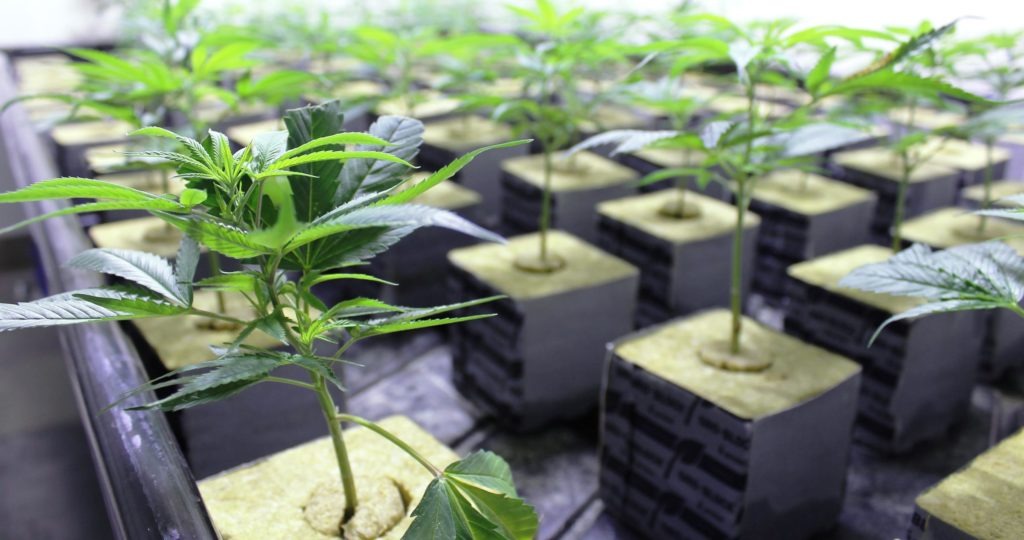
Genetics are just the start, but it is the foundation that everything else is built upon.
You start the seeds indoors – a process called propagation – ensuring that by the time it goes in the ground outdoors it has a strong stem and root system to be able to resist the elements.
How to Grow Hemp Cannabis Plants
Hemp-cannabis is outdoor grown in rows that are 5 foot on center with plants placed in the row every 4 feet. This ensures that each plant receives ample sunlight and that there is plenty of space for them to get super bushy and grow big flowering buds – kind of like a fat Christmas tree!
Remember those rooted plugs we mentioned? Those get planted directly into the ground, usually using something called a water wheel planter.
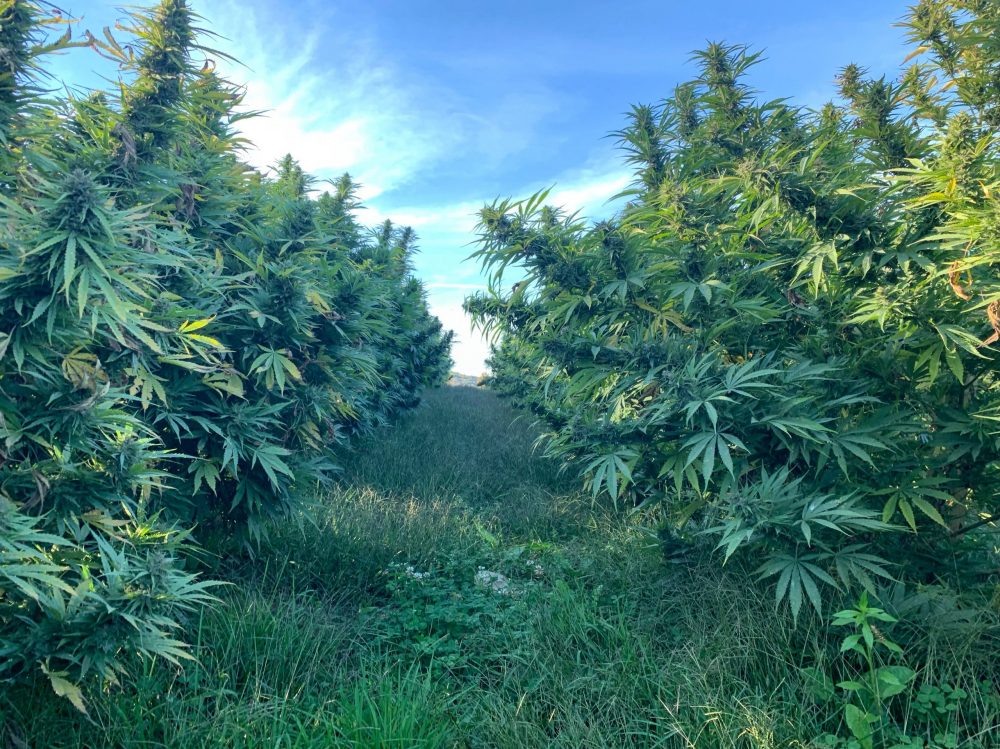
Feeding cycles can be done with the use of spray systems or drip tape irrigation, like what we use on Tricolla Farms. Drip tape irrigation allows for slow steady water supplies and easy nutrient feedings while controlling what zones receive feedings and when.
Harvesting is the culmination of all your work – it is the first step in getting the plants off your field and into the hands of customers. For high-quality hemp flower, harvesting has to be a very gentle and mindful process. Larger operations often sacrifice cannabinoid and terpene content for decent CBD percentages and super-high volumes.
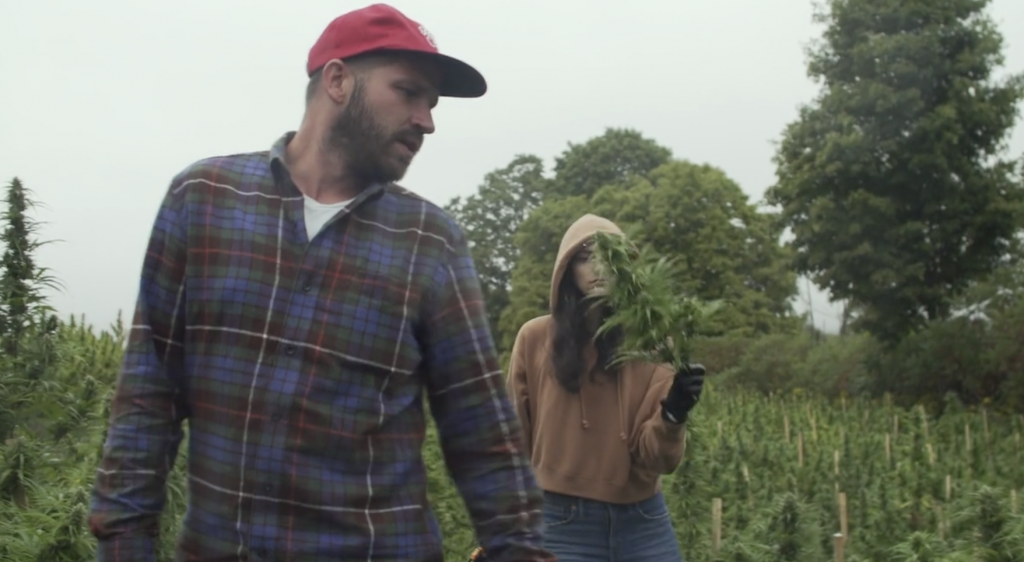
There is a big difference between craft and industrial or commercial hemp-cannabis cultivation – we will go into that in more detail in the next post of this series!
Cultivating Industrial Hemp for Seed and Fiber
When you see hemp seed oil at the supermarket next to the olive oil, coconut oil, etc., there is NOT CBD in that product.
That oil is derived by cold-pressing the seeds of industrial hemp plants to extract the super healthy fats, amino acids, vitamins and minerals.
Putting hemp seeds into your smoothie or sprinkled over your salad? Hemp protein post-workout? That is NOT CBD!
They are all amazing wellness solutions and superfoods, and we are definitely not discounting that, but we want to make sure that as a consumer you are not fooled into paying more for a product because of misleading labeling!
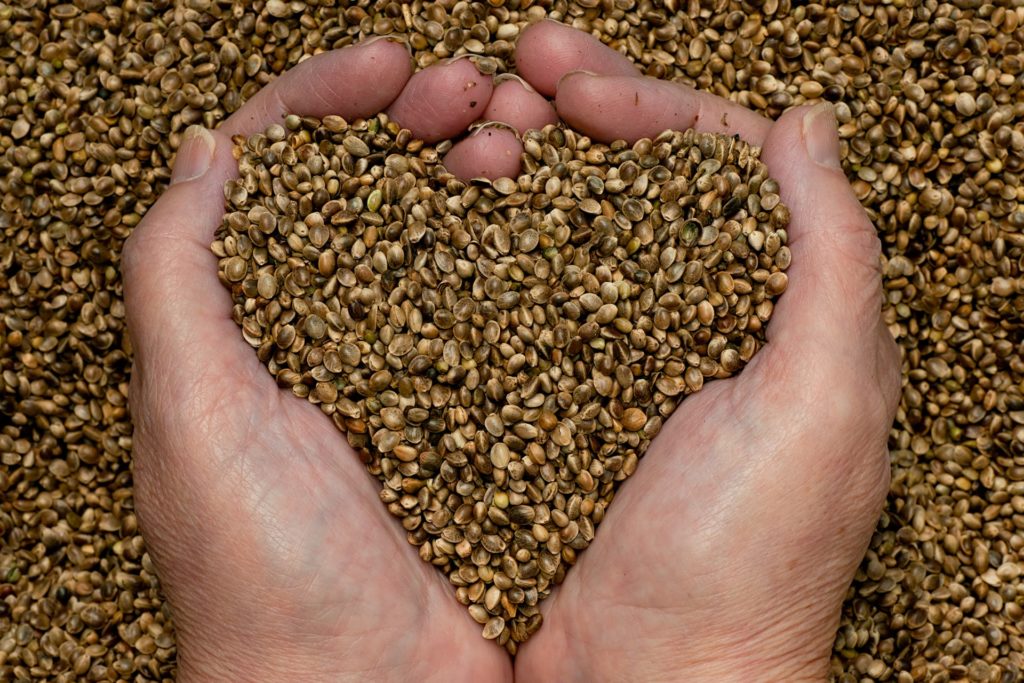
Genetics Matter…. Again.
Industrial hemp for seed and fiber production demands a different type of cultivar than hemp-cannabis.
These are not high-resin genetics like the kind we grow at Tricolla Farms. This means that they are not bred to produce high cannabinoid or terpene content.
Plant sex doesn’t matter when it comes to industrial hemp for seed and fiber. You would actually want male and female plants because the seeds are just as valuable as anything else in this market!
How to Grow Industrial Hemp Plants
Industrial hemp is a row crop. It grows super tall, almost like bamboo or corn stalks.
Industrial hemp for seed and fiber production is planted with a seed drill – placing the seeds directly into the dirt, only about 15 inches apart from seed to seed.
Once they reach maturity they are harvested around the same time of year as hemp-cannabis for CBD production, but in a very different manner.
Harvesting industrial hemp involves using a combine. Traditional agricultural equipment doesn’t always directly translate to the hemp industry, but farmers across the country are getting pretty inventive and finding ways to make it work!
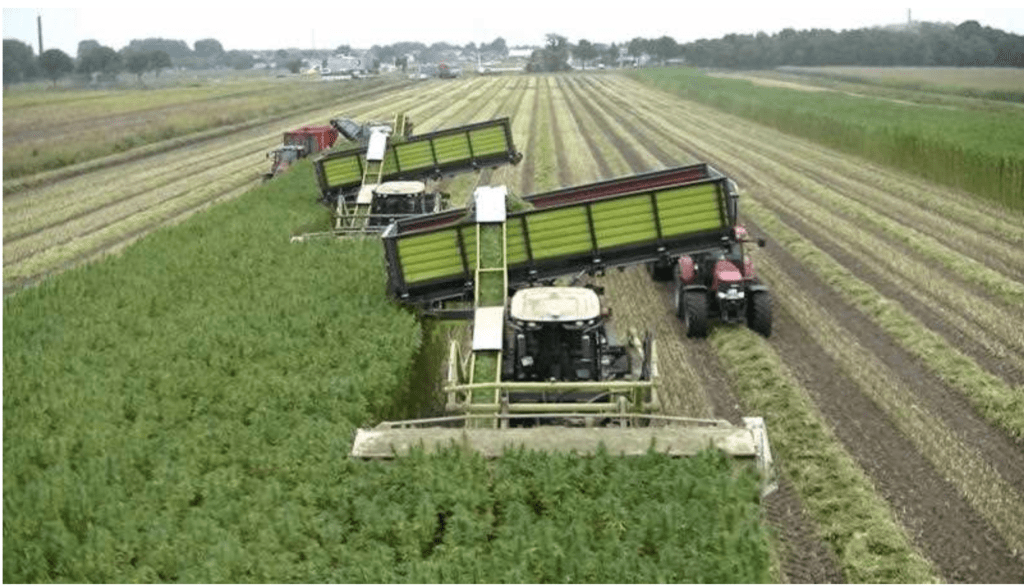
For seed production, you need to hull and clean the seeds after harvest.
For fiber production, you have to use a process called retting, allowing the fibers to separate off the stem of the plant.
Looking Forward to the Future of Hemp
CBD is just the tip of the iceberg when it comes to what hemp can really do for the world.
Hemp can be used to heal through Endocannabinoid System nourishment and balance, but also nutritional nourishment. Hemp is complete protein! Meaning it contains all 9 essential amino acids.
We can use hemp to produce carbon-free building materials and even biofuels.
Hemp takes CO2 out of the air and pumps out Oxygen at a much higher rate than your average plant.
We can replace plastic with hemp materials. We can make hemp paper and save the trees. The possibilities are endless and we cannot wait to see the impact that the resurgence of hemp has on our country and our world.


 The Steady Supply
The Steady Supply

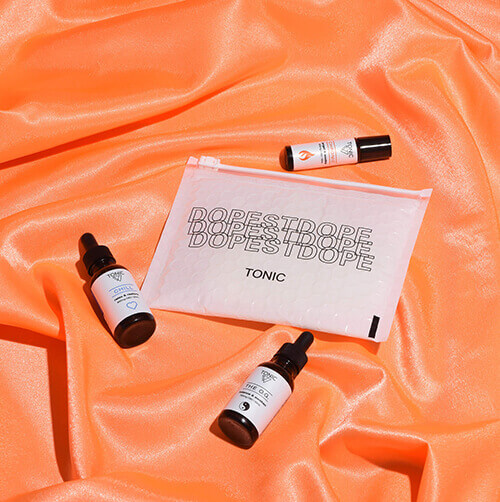 Personalized Vibes
Personalized Vibes
